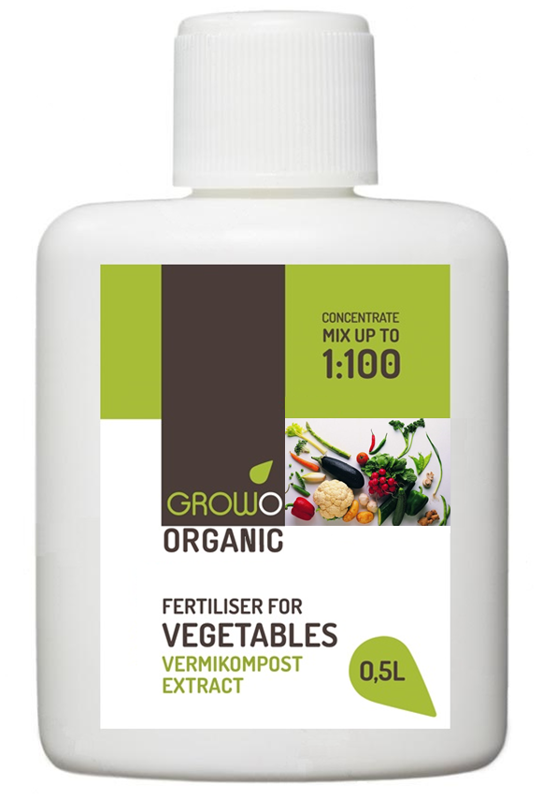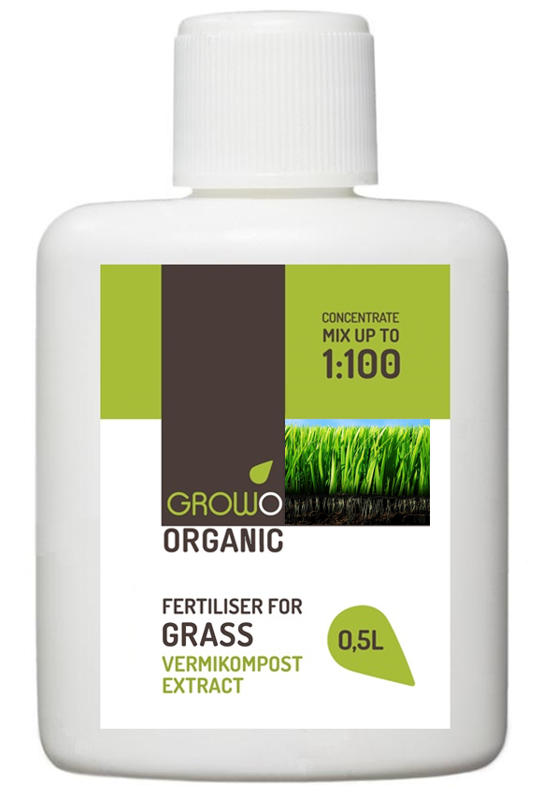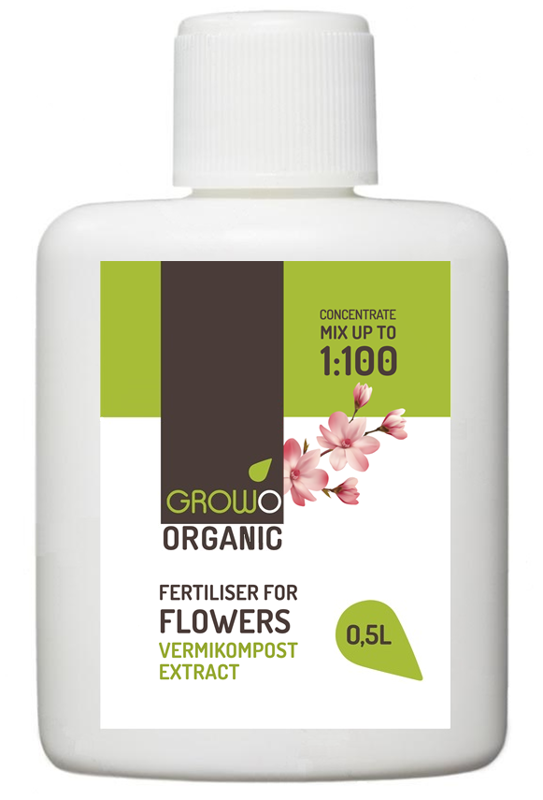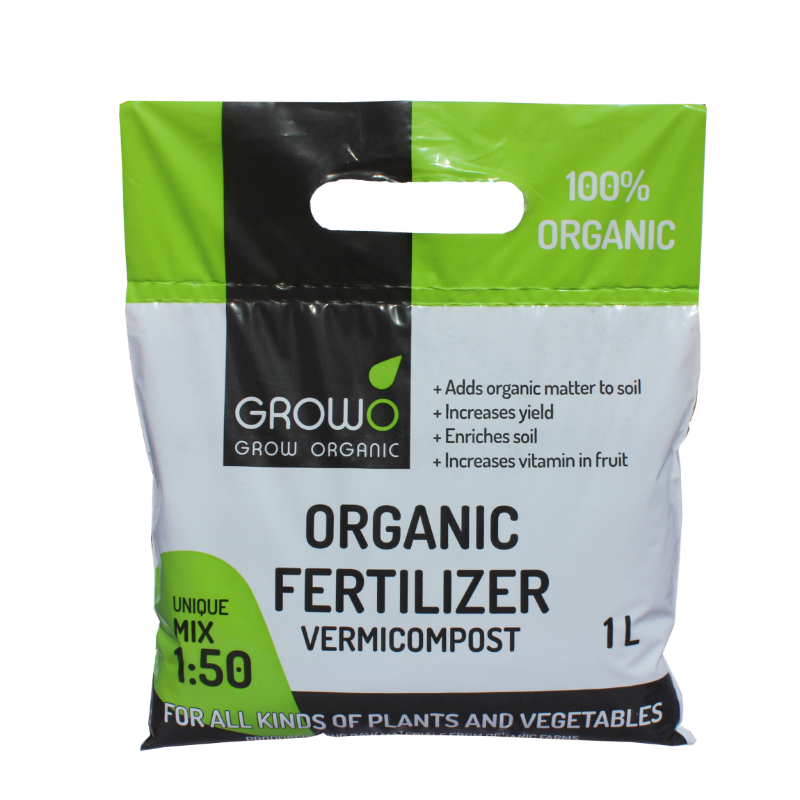NUTRITIONAL ELEMENTS FOR PLANTS
Nutrients absorbed from the soil by plants are divided into macroelements and microelements. Under the macroelements understand nitrogen, phosphorus, potassium, sulfur, calcium and magnesium. These substances are consumed by plants in large quantities. Sulfur, calcium and magnesium in the soil is usually contained enough for plants. Often in the soil there is a lack of nitrogen, phosphorus or potassium, which plants and take from vermicompost. Simplifying a little, we can say that nitrogen helps the growth of the green mass of a plant, phosphorus - the growth of roots, the development of flowers and fruits, and potassium - the growth of roots and the overall resistance of the plant. Microelements include iron, copper, zinc, manganese, molybdenum, boron, and some other elements. These substances are needed by plants in very small quantities and, as a rule, are present in the soil. Applying vermicompost microelements deficiency is unlikely.
Each nutrient and its transformation product has its own purpose for the development and well-being of plants. Depending on the role in the metabolism, all nutrients can be divided into two groups:
- CONSTRUCTION ELEMENTS are substances necessary for a plant to form its organs (leaves, root system, etc.). This group includes: proteins, fats, carbohydrates, organic acids, carbon, hydrogen, oxygen, nitrogen, phosphorus, sulfur, etc.
- FUNCTIONAL ELEMENTS - are substances that affect certain processes occurring within plants. This group includes: potassium, calcium, magnesia, zinc, iron, boron, manganese, copper, molybdenum, chlorine, and others.
While carbon, hydrogen and oxygen get to the plants directly from the air, the flow of the remaining elements must be controlled by regular feeding.
- NITROGEN - is one of the main building materials, it is necessary for plants for protein synthesis and the normal development of green mass. In nature, nitrogen is found in many organic substances and can be easily absorbed by the plant itself. Lack of nitrogen is expressed in the fact that the leaves of plants grow small, sluggish, and in the color there are light green or yellow marble spots. Change the color of the leaves, as a rule, begins with adults and gradually goes to young. With a strong lack of nitrogen old leaves die off quickly. An excess of nitrogen is expressed in an unusually fast growth of plants, in softening and cracking of plant tissues, in a short flowering or in general abandoning it for a period of 2–3 years. Overfed plants are the most susceptible to various kinds of diseases and are very loved by juice-sucking pests.
- PHOSPHORUS - regulates most of the processes associated with cell division, the formation of flowers, seeds, etc. The ability of phosphorus to be absorbed by a plant is highly dependent on the acidity of the soil, the pH of which should be at least 6-7 units. The lack of phosphorus is expressed in a strong weakening of the plant, new shoots are bent, the leaves become faded and reddish (especially on the inside), in addition, the plant practically does not bloom. Excess phosphorus is very rare and is expressed in the blackening of tips of the plant leaves (Odontoglossum and its hybrids).
- POTASSIUM - participates in almost all vital processes, ensuring normal metabolism, regulating the construction of protein and carbohydrates, closely related to the intensity of photosynthesis, the flow and preservation of water in plant cells, in addition, with an optimal potassium content, plants have a more stable immunity against pests and the lack of moisture or lower temperatures passes softer. The greatest amount of potassium is found in young leaves of plants, and with a general lack of it, the substance is redistributed from old tissues to new ones; therefore, one of the first signs of potassium deficiency is the mass dying off of old leaves. From the external environment, potassium is absorbed by plants without any special difficulties; therefore, the lack of matter takes place quite rarely. In general, the lack of potassium is expressed in the weakened state of the plant, in the cessation of growth, weakening of the fullness of lower leaves and their quick extinction, the overall color of the leaves becomes dark green, and on the edge a yellow or white rim is formed, sometimes the leaves become marble in color from light spots dark green (different from the usual color) background. In the aftermath, the bezel and light spots may be pressed and blackened. Excess potassium leads to blockage of nitrogen supply with all the ensuing consequences of its deficiency.
- CALCIUM - is responsible for the process of reproduction and division of cells (especially meristem) and the development of the root system. Independent absorption of a substance from the external environment is quite difficult, therefore, artificial feeding of plants (as a fertilizer) is very important. Calcium takes care of the correct pH ratio of the substrate, thereby helping the root system to absorb many substances that are beneficial to plants. For normal functioning of the roots, the pH should be between 5.5 and 6.5. Calcium deficiency is expressed in the weakening of plant tissues. An excess of calcium contributes to the destruction of cells, primarily at the tips of new shoots.
- MAGNESIUM is responsible for the formation of chlorophyll (the green color of the leaves), the regulation of water absorption by the plant and its movement. The absorption of substances from the environment is usually not particularly difficult for plants. Magnesium deficiency is expressed in the formation of light (light green or yellow) spots on older leaves, which rather quickly spread further along the leaf, turning black with time. A distinctive feature is that the leaf streaks remain green. An excess of magnesium leads to the termination of the absorption of potassium with all the ensuing consequences.
- IRON - participates in the synthesis of many enzymes and chlorophyll (green leaf color), and also converts nitrogen into a form available for plant uptake (that is, it participates in the respiration process). Iron deficiency is observed in substrates, the pH of which is below or above the optimal index (5.5-6.5). Externally, the damage is manifested exclusively on younger leaves, has two types of manifestation: only the leaf veinlets are yellow; or vice versa - at first light areas appear on the leaves, which quickly spread further along the leaf, and the leaf streaks remain green. Leaf dying begins at the edges. Both in the first and in the second case, the leaves of plants grow unusually slowly and do not grow to their normal size. An excess of iron in practice is extremely rare, leads to a slower development of the plant and the rejection of flowering for up to 2 years.
- ZINC - is involved in the synthesis of many enzymes and chlorophyll (green leaf color). The lack of zinc in practice is not known, an excess of zinc, on the contrary, is very common due to the poor quality of the used rainwater (runoff from the galvanized roof), externally manifested in the marble color of the leaves, stopping in development, curvature of the leaves and the failure of flowering for a period of 2 -3 years.
- BORON - regulates the construction of carbohydrates, meristem cells and pollen.
- MANGANESE - an important catalyst for the plant metabolism, is involved in the synthesis of many enzymes and photosynthesis.
- COPPER - is an essential component of many enzymes involved in the formation of proteins and enhances immunity plants against various fungal diseases. Copper deficiency leads to a curvature of leaves and refuse from flowering plants. Excess copper slows down the development of the plant, and the leaves acquire a reddish tinge.
- MOLYBDENUM - is an important part of many enzymes.
The above shows how important a balanced nutrient content in the soil.








